Understanding mechanical equilibrium is essential in physics. It describes a state where an object remains at rest or moves at a constant speed in a straight line. Let's explore the principles and applications of mechanical equilibrium to see how it influences the physical world.
I. Introduction to Mechanical Equilibrium
Mechanical equilibrium occurs when all the forces acting on an object are balanced. This means there is no net force causing the object to accelerate or change its state of motion. Mechanical equilibrium can be static (objects at rest) or dynamic (objects moving at a constant velocity).
Why is Mechanical Equilibrium Important?
Mechanical equilibrium is crucial in various real-life applications, such as designing stable buildings and bridges. It ensures vehicles move smoothly and helps us understand how objects remain stationary or in steady motion.
II. Types of Mechanical Equilibrium
Mechanical equilibrium is divided into two main types: static and dynamic.
Static Equilibrium
In static equilibrium, objects are at rest. The forces acting on the object are balanced, so there is no movement. Examples include:
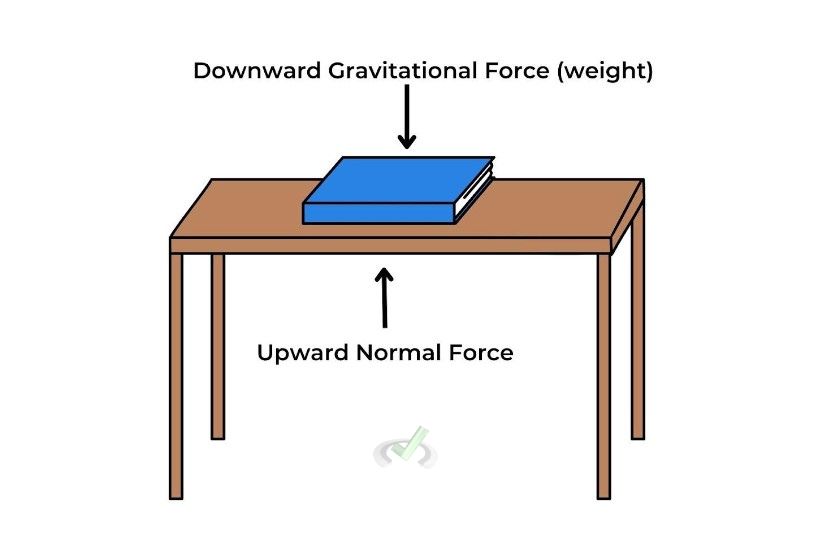
- A book resting on a table: The downward gravitational force (weight) is balanced by the upward normal force from the table. The gravitational force pulls the object downward, while the normal force is the support force exerted by the surface.
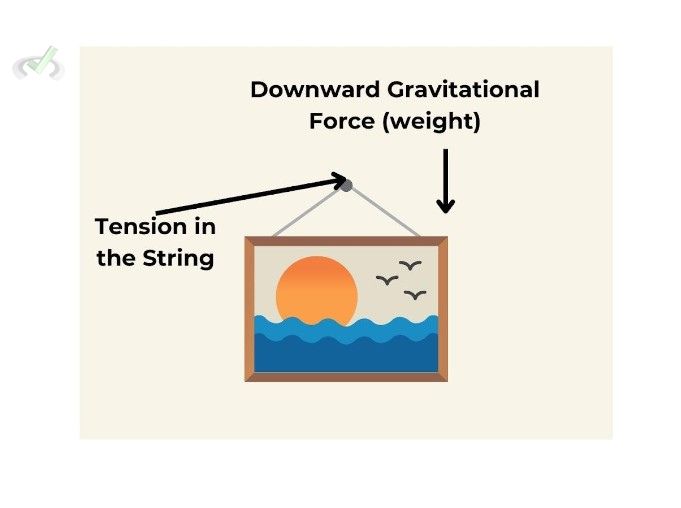
- A picture hanging on a wall: The downward force of gravity is balanced by the tension in the string holding it up. The gravitational force pulls the picture downward, while the tension in the string acts upward to maintain equilibrium.
Dynamic Equilibrium
In dynamic equilibrium, objects are moving at a constant speed in a straight line. The forces acting on the object are balanced, so there is no acceleration. Examples include:
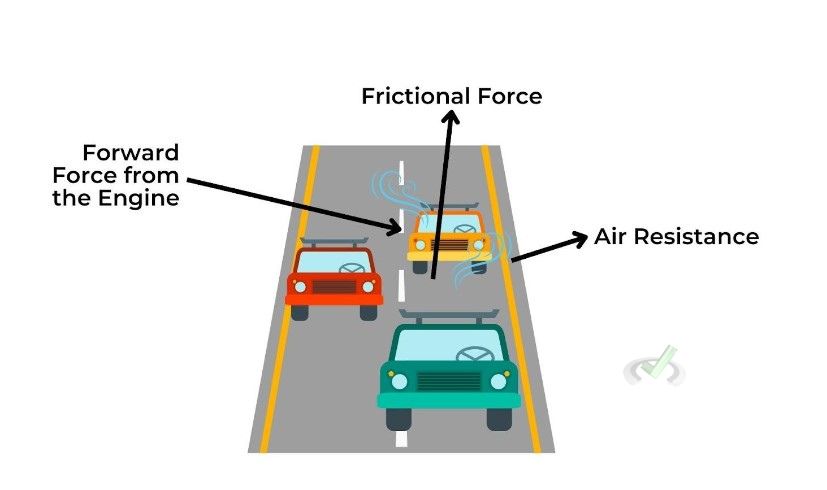
- A car cruising at a constant speed on a straight highway: The forward force from the engine is balanced by the frictional forces and air resistance. Frictional forces oppose the car's motion, while air resistance is the force that air exerts on the moving car, also opposing its motion.
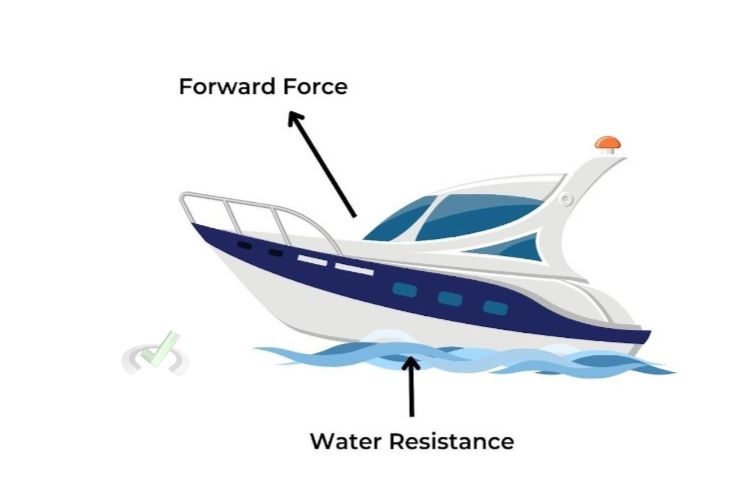
- A boat moving at a steady pace in calm water: The forward force from the motor is balanced by the water resistance. Water resistance is the force exerted by the water opposing the boat's motion, which balances the forward force, keeping the boat at a constant speed.
III. Conditions for Mechanical Equilibrium
For an object to be in mechanical equilibrium, two main conditions must be met:
1. Sum of Forces (Translational Equilibrium)
The sum of all the forces acting on the object must be zero. This is expressed mathematically as:
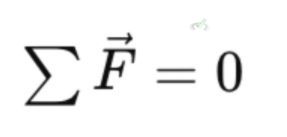
Where it represents the sum of all the forces acting on the object. When this condition is met, there is no net force causing the object to accelerate.
2. Sum of Torques (Rotational Equilibrium)
Torque is calculated as the product of force and the distance from the pivot point (lever arm). The formula is:
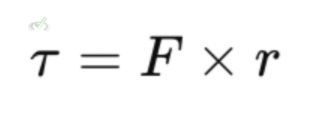
Where τ is the torque, F is the force, and r is the lever arm distance.
The sum of all the torques that acts on the object must be zero. Torque measures how much a force causes an object to rotate. This is expressed mathematically as:
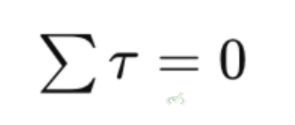
Where it represents the sum of all the torques acting on the object. When this condition is met, there is no net torque, causing the object to rotate.
IV. Applications of Mechanical Equilibrium
Understanding mechanical equilibrium is crucial in various fields, including engineering, architecture, and everyday life.
Engineering
Engineers use the principles of mechanical equilibrium to design stable structures and systems. For example:
- Bridges: Engineers use mechanical equilibrium principles to balance the forces acting on a bridge to prevent it from collapsing. They calculate the forces due to the weight of the bridge, the vehicles on it, and environmental factors like wind.
- Buildings: Architects design buildings to remain stable under various loads, such as the weight of the structure itself and external forces like wind and earthquakes. By ensuring the sum of forces and torques is zero, buildings can withstand these forces without collapsing.
Everyday Life
Mechanical equilibrium is also evident in our daily activities. For instance:
- Sitting on a chair: Your body remains at rest because the upward force from the chair balances your weight. The chair would either collapse or move if the forces were not balanced.
- Carrying a bag: When you hold a bag with a strap over your shoulder, the tension in the strap balances the weight of the bag, keeping it in equilibrium. If the forces were not balanced, the bag would either fall or the strap would break.
V. Advanced Concepts Related to Mechanical Equilibrium
Understanding mechanical equilibrium is foundational for exploring more advanced concepts in physics and other scientific fields. These advanced concepts include Newton's First Law of Motion, forces in complex systems, rotational dynamics, and biological applications.
Newton's First Law of Motion (Law of Inertia)
Newton's First Law states that an object will remain at rest or in uniform motion unless acted upon by an external force. This principle directly relates to mechanical equilibrium.
When all forces are balanced (mechanical equilibrium), no external force causes a change in the object's state of motion. This law helps us understand why objects do not change their motion unless a force is applied, which is crucial in studying the behavior of objects in various environments.
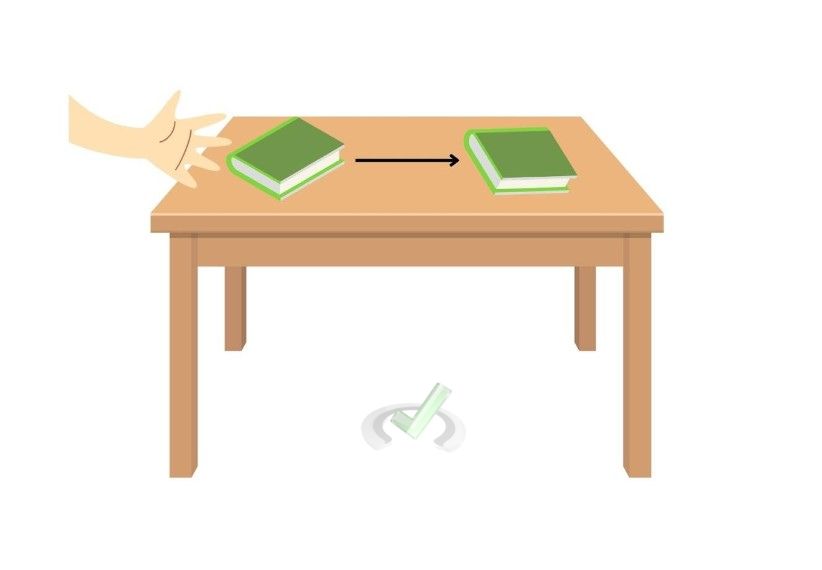
Forces in Complex Systems
In more advanced studies, particularly in the context of the MCAT, it's essential to understand how multiple forces interact within complex systems. For example, various forces act on muscles and bones in a biological system to produce movement and maintain posture.
These forces must be balanced for the system to be in equilibrium. Understanding these interactions helps analyze how different parts of a system contribute to its overall stability and function.
Rotational Dynamics
Rotational dynamics involves studying how objects rotate and the forces causing this motion. It extends the concept of torque and equilibrium.
For instance, in the human body, understanding how joints function involves analyzing the torques produced by muscles and how they contribute to movement and stability. This knowledge is crucial for fields such as biomechanics and physical therapy.
Biological Applications
Mechanical equilibrium principles apply to biological systems, such as the human body. For example:
- Posture and Movement: Muscles and bones work together to maintain posture and facilitate movement. The forces exerted by muscles must balance the gravitational forces acting on the body to keep it stable.
- Circulatory System: Blood flow within the body can be analyzed using fluid dynamics principles and mechanical equilibrium. Understanding how blood pressure and flow rates are maintained helps diagnose and treat cardiovascular conditions.
VI. Key Terms and Concepts
Let's review the key points we covered about mechanical equilibrium:
- Mechanical Equilibrium: A state where an object remains at rest or moves at a constant velocity due to balanced forces.
- Static Equilibrium: When objects are at rest, and the forces acting on them are balanced.
- Dynamic Equilibrium: When objects move at a constant speed in a straight line with balanced forces.
- The Sum of Forces: The condition where the total forces act on an object equal to zero.
- The Sum of Torques: The condition where the total torques acting on an object equal zero.
- Gravitational Force (Weight): The force due to gravity pulling the object downward.
- Normal Force: The support force a surface exerts perpendicular to the object resting on it.
- Frictional Forces: The resistance force that opposes the motion of an object.
- Air Resistance: The force that air exerts on a moving object, opposing its motion.
- Torque: A measure of how much a force causes an object to rotate.
VI. Practice Questions
Sample Practice Question 1
What is the condition for translational equilibrium?
A. The sum of forces equals zero.
B. The sum of torques equals zero.
C. The object is accelerating.
D. The object is rotating.
Ans. A
Translational equilibrium occurs when the sum of all forces acting on an object is zero, resulting in no net force and no acceleration.
Sample Practice Question 2
Which of the following is an example of dynamic equilibrium?
A. A book resting on a table.
B. A picture hanging on a wall.
C. A car moving at a steady speed on a straight road.
D. A bridge supporting its own weight.
Ans. C
Dynamic equilibrium occurs when an object moves at a steady speed in a straight line with balanced forces acting on it.







 To help you achieve your goal MCAT score, we take turns hosting these
To help you achieve your goal MCAT score, we take turns hosting these 





















 reviews on TrustPilot
reviews on TrustPilot